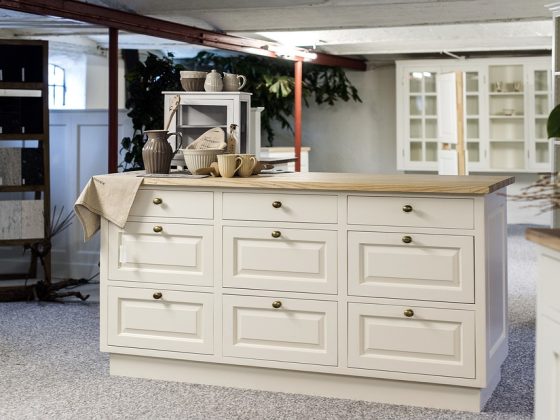Fashion designers are often seen as the creative minds behind the latest trends and styles in the industry. However, what most people don't realize is that there is a lot of behind-the-scenes work that goes into designing a successful collection. One of the most important tools that designers use to create cohesive and polished collections is a fashion style guide.
A style guide is a document that outlines the key elements of a brand's aesthetic and helps designers maintain consistency in their designs. From color palettes to fabric choices, style guides cover every aspect of a brand's identity and serve as a roadmap for designers to follow when creating new collections.
So, how exactly do fashion designers use style guides to create their collections? Let's take a closer look at the process.
1. Establishing the Brand Identity
The first step in creating a style guide is establishing the brand's identity. This includes defining the brand's target audience, aesthetic, and values. By clearly articulating these key elements, designers can ensure that their collections resonate with the brand's core values and appeal to their target market.
2. Defining Key Elements
Once the brand identity is established, designers can begin to define the key elements of the style guide. This includes determining the brand's color palette, typography, and logo usage. By establishing these key elements, designers can create a cohesive and recognizable brand identity that is consistent across all collections.
3. Setting Guidelines for Design
With the key elements in place, designers can set guidelines for design to ensure consistency across their collections. This includes guidelines for silhouettes, fabrics, patterns, and accessories. By clearly outlining these guidelines in the style guide, designers can ensure that their collections are cohesive and on-brand.
4. Creating Mood Boards
Mood boards are visual representations of the brand's aesthetic and can be a helpful tool for designers to reference when creating new collections. By including images, colors, and textures that embody the brand's identity, designers can stay inspired and on track as they develop new designs.
5. Collaborating with a Team
Creating a style guide is often a collaborative process that involves working closely with a team of designers, stylists, and other creatives. By involving the team in the development of the style guide, designers can ensure that everyone is on the same page and working towards a common goal.
FAQs:
Q: Why is a style guide important for fashion designers?
A: A style guide is important for fashion designers because it helps them maintain consistency in their designs and create cohesive collections that reflect the brand's identity.
Q: How often should a style guide be updated?
A: Style guides should be updated regularly to reflect changes in the brand's identity and aesthetic. Designers should review and update their style guide at least once a year to ensure that it remains relevant and on-trend.
Q: Can fashion designers use style guides for inspiration?
A: Yes, fashion designers can use style guides for inspiration when creating new collections. By referencing their style guide, designers can stay inspired and on track as they develop new designs.
In conclusion, style guides are an essential tool for fashion designers to create cohesive and on-brand collections. By establishing the brand identity, defining key elements, setting guidelines for design, creating mood boards, and collaborating with a team, designers can use style guides to stay inspired, on track, and ahead of the latest trends in the industry. By following these steps and utilizing style guides effectively, designers can create collections that resonate with their target audience and solidify their brand identity in the competitive world of fashion.









